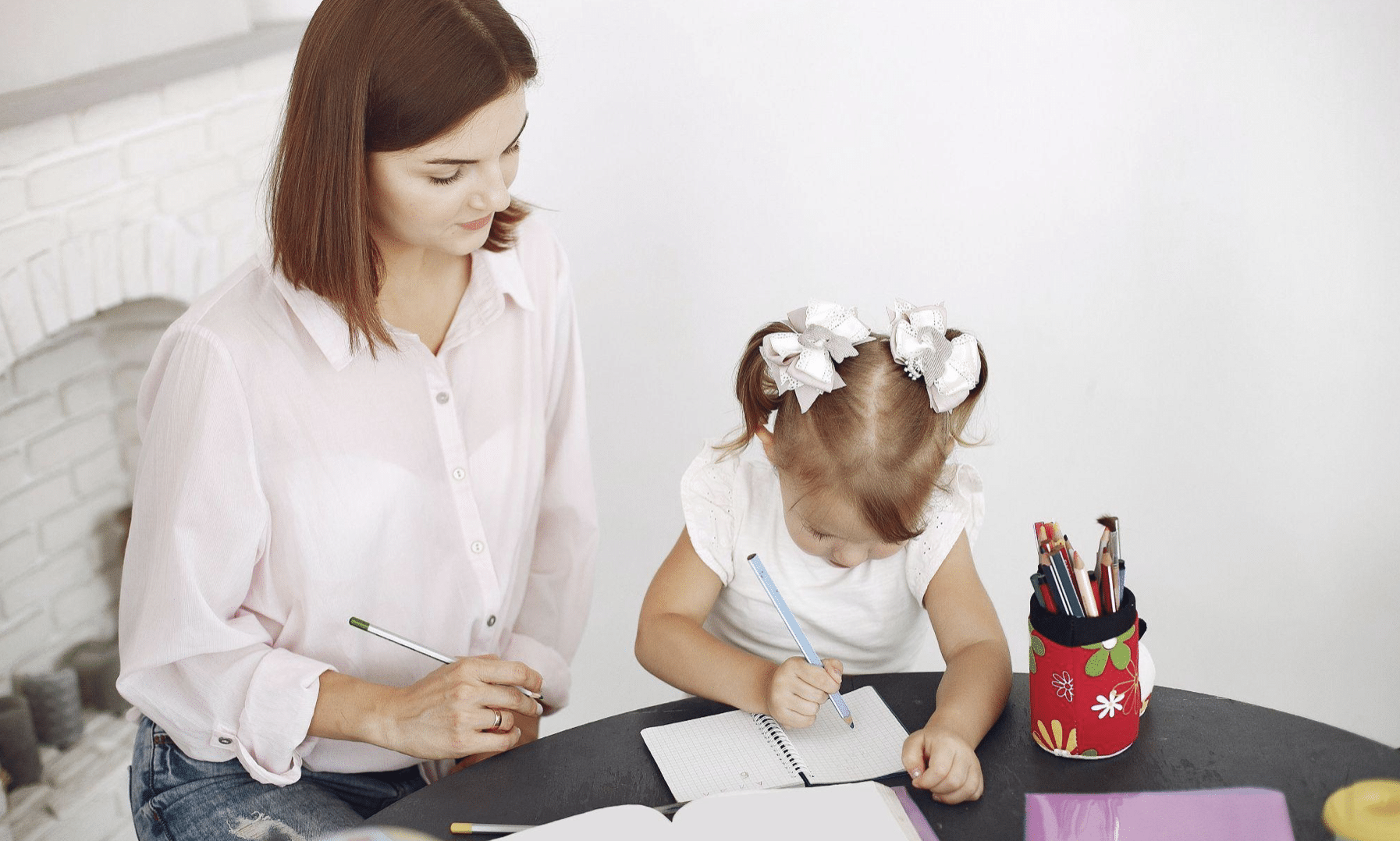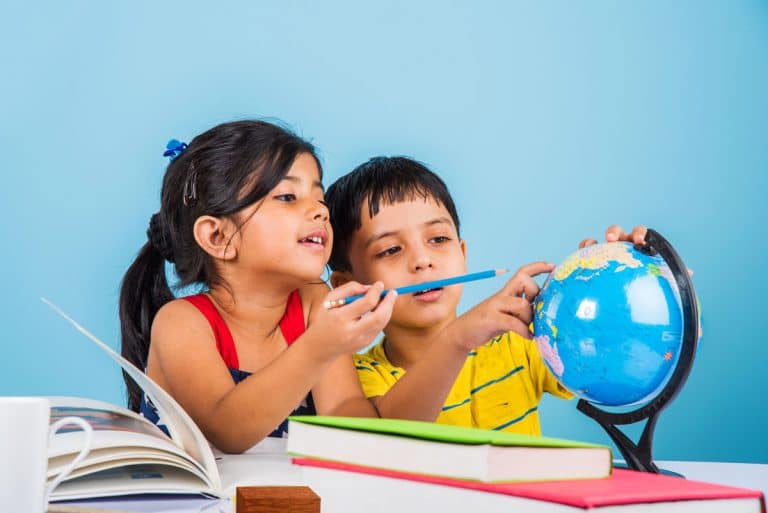Learning to kids can be a tedious and slow process. Leavening it with fun activities can improve your child’s learning curve and make them grasp things quickly when they are ripe for school in the future.
Employing creative ideas to help your child learn languages can go a long way in making them love to read and write and quickly so. Your child will develop an urge to learn new things when you incorporate creative activities into learning even though some parents are using online activities to help their children in learning; however, the good news is that the big chunk of these activities for preschoolers and toddlers can be done using items available in your house.
Here are ten creative activities that will help your child learn a language.
In This Article
1. Knocking a Letter Cup Down
This learning activity combines sports and letters. Here you take a stack of cups with letters written on each cup. Line up the cups in a row and give your child a ball. Instruct them to kick the ball towards a given letter cup. Once they hit the ball and knock down the cup, ask them to say the name of the letter on the cup. Alternatively, you can say the letter on the cup first and ask them to hit the ball towards the letter you have mentioned.
2. Alphabet Pillow Jumping
Write big letters on paper plates and then attach each plate to a pillow. Spread them out either inside your room or outside. Ask your kid to jump from one pillow to the other without landing on the floor. As they jump, have them say the letters on the pillows. You can also make small words and ask them to jump on the pillows as they say the letters. After they are done, you can help them pronounce the name you had made on the pillow. This learning activity will help them in learning the English language and serve as a way of exercise.
3. Alphabet Knock Down
Alphabet knockdown is a fantastic game that can help your kid in letter recognition. All you need is a pool noodle, letter stickers, and popsicle sticks. Clear some space in your home and stick letters to popsicle sticks and then attach the popsicle sticks to the pool noodles stands. Call out different letters and let your kids knock over each letter as you say them.
4. Alphabet Rocks
Alphabet rocks start by collecting rocks and putting them in a bucket. You will also need alphabet stickers, multi-colored craft paint, paintbrushes, and clear spray paint. Wash the rocks to remove dirt and then leave them dry. Once dried, stick the upper alphabet stickers onto one side of the rock and lower alphabets on the other side.
You can further outline the letters using a permanent marker. You can then decorate the rocks by making dots with a fine paintbrush.
Show the kids the words on the index cards and ask them to recreate them using the letters on the rocks. Alphabet rocks can help kids learn the English language and improve their vocabulary.
5. ABC Clip Cards
The ABC clip card is a great way for kids to discern uppercase and lowercase letters. Children use clothespins or markers to identify the lowercase letter on the bottom of each card that matches the uppercase letter on the top of the card. The children can also use the ABC clip cards to practice letter sounds.
6. Say and Spray
Allowing children to use a spray bottle can be a thrilling activity that can entice them to study English. All that you need is chalk, water, and a spray bottle. You can write the letters on the floor of your house or outside on a driveway and then asks the kids to say and spray on the letters.
7. Rhyming Words
The repetitive reading, writing, or chanting helps in the mastery of a language and memory retention. It’s a captivating way to get hold of preschoolers’ attention to learning a language. You can narrate stories or tell your kids about the names of different objects using rhyming words to bolster their understanding of the English language.
8. Using Age-appropriate Jokes
Telling your kids witty stories can go a long way in fostering humor and creativity in kids. Some words carry different meanings, and you would want your kids to discriminate against them. Use age-appropriate puns to make kids differentiate words that sound the same but have different meanings. When you use Jokes to teach your kids about such words, you foster their imagination and wordplay. Since they are still young and growing, you don’t have to be too critical about the nitty-gritty of language. Instead, teach them the right pronunciation of words or grammar.
9. Sing Songs
Apart from entertaining them, songs are a strong tool that can help children easily learn new words. Many songs have an element of rhythms and rhymes that can make children remember certain words as they sing along. It could also be that you are trying to make your kids repeat certain words. You can use a musical tune to make the activity fun.
10. Tongue Twisters
Wants your kids to correctly enunciate and pronounce words? Use tongue twisters to train their tongues to correctly pronounce words. Since tongue twisters involve words that are hard to pronounce quickly and correctly, children will find it fun to practice them. You can start with simple words and work your way up as they grow.
11. Word Games
Word games can be simple activities like teaching your kids about synonyms or the meaning of certain words. For example, when you are on a road trip, you can tell them that tall buildings are also known as skyscrapers. Other games that can enhance your kids’ vocabulary include Scrabble and Pictionary in English Language School.
The above activities can be used independently or in conjunction with others. You will need to assess your kids’ abilities and guide them accordingly. Again, you need to do it gradually so as not to bombard them with a lot of information. Instead, teach them just a few words at a time for more effective results. More importantly, make it fun.











